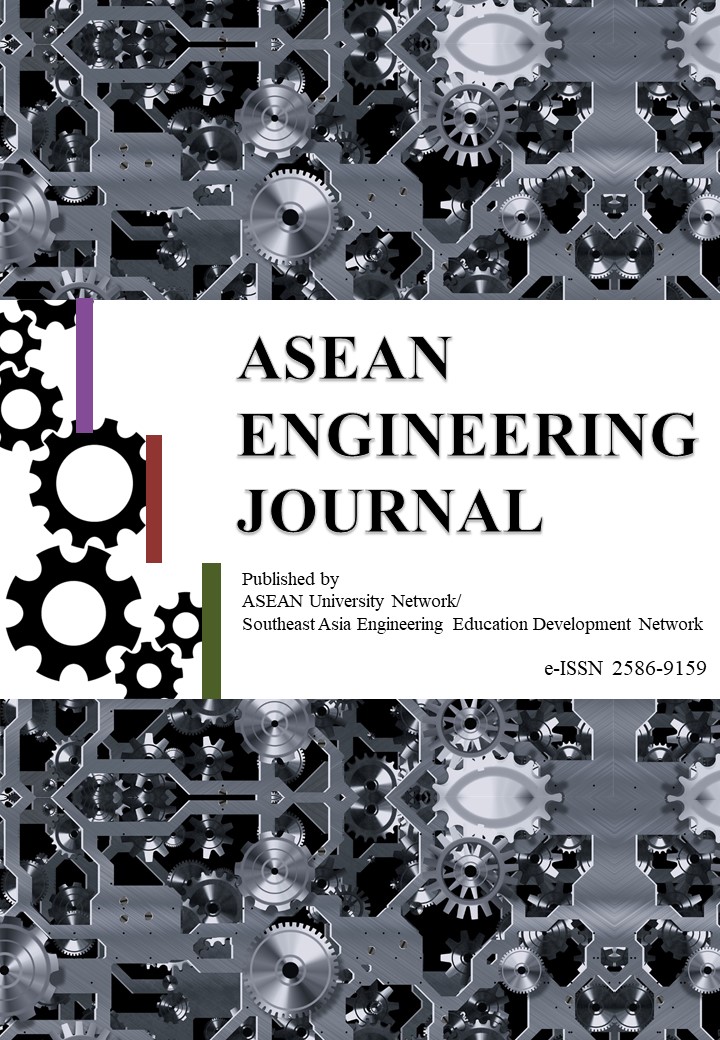PREPARATION OF ACTIVATED CARBON-ZEOLITE COMPOSITES FROM RICE HUSK ASH
DOI:
https://doi.org/10.11113/aej.v10.16604Keywords:
Activation, Activated carbon, Rice husk ash (RHA), Zeolite AAbstract
Rice husk (RH) is a biomass resource that contains about 20 mass% silica. In Southeast Asia countries, RH is used as fuel for thermal power plants, and it produces a large amount of ash (Rice Husk Ash: RHA), as industrial waste. Furthermore, our research group has reported that consolidated zeolite A could be prepared from RHA as a raw material. Zeolite A has hydrophilic micropore in the structure and is used for adsorption and a builder for detergent. From processing point of view, the remaining carbon must be removed before synthesizing of zeolite A. However, the utility of carbon in RHA has not been studied sufficiently. In the present study, therefore, the possibility of usage of both silica and carbon in RHA as a raw material was investigated for the high value-added application of RHA. Before the synthesis of zeolite, activation treatment of carbon was carried out for RHA under specific conditions to make the carbon become porous. The specific surface area was measured by BET for activated RHA. Additionally, hydrothermal treatments were attempted after adjusting the composition of raw materials for the preparation of composites of carbon and zeolite. For the obtained specimens, XRD analysis and SEM were conducted as characterizations to confirm crystalline phases and microstructures respectively. Activation treatment made the specific surface area of RHA larger. As the activation time and temperature increased, silica was crystallized to cristobalite and the reactivity was decreased. The crystalline phase of zeolite A was recognized in the specimens with an appropriate composition. Furthermore, the homogenous zeolite A particles with a size smaller than 1 μm were also observed. Therefore, activated carbon-zeolite composites could be synthesized from RHA.
















